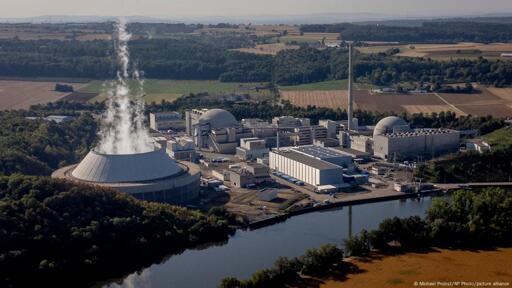Summary
A new Innofact poll shows 55% of Germans support returning to nuclear power, a divisive issue influencing coalition talks between the CDU/CSU and SPD.
While 36% oppose the shift, support is strongest among men and in southern and eastern Germany.
About 22% favor restarting recently closed reactors; 32% support building new ones.
Despite nuclear support, 57% still back investment in renewables. The CDU/CSU is exploring feasibility, but the SPD and Greens remain firmly against reversing the nuclear phase-out, citing stability and past policy shifts.



The main reaction can be stopped within seconds, but the secondary reaction cannot. If the reactor isn’t sufficiently cooled by running water through it, it will meltdown due to the secondary reactions.
Those are old designs, new ones basically stop once the water is removed.
Hence the ‘negative void coefficient’, modern designs lose reactivity as the water is removed.
Look at pebble bed and other designs.
As far as I know (I’m not an expert), negative void coefficient only affects the fission reaction, i.e. the controlled splitting of uranium atoms. The uranium atoms split into smaller unstable atoms, which decays over time causing heat. If the decay heat isn’t removed, the core will melt.
Pebble Bed Reactors seem to be generation IV reactors, and I don’t think there are any generation IV reactors in commercial use as of today. Again, my knowledge is limited, but I believe most reactors in commercial use are some kind of water cooled, water moderated reactors. For example, European Pressurised Reactor (EPR) is one of the latest designs commissioned in commercial use, and that design includes 4 emergency coolant systems.
https://en.wikipedia.org/wiki/HTR-PM
China has the pbr in production as modular reactors.
The west is irrationally afraid, but China understands nuclear is inherently safer than fossil fuels after having lost thousands to pollution.